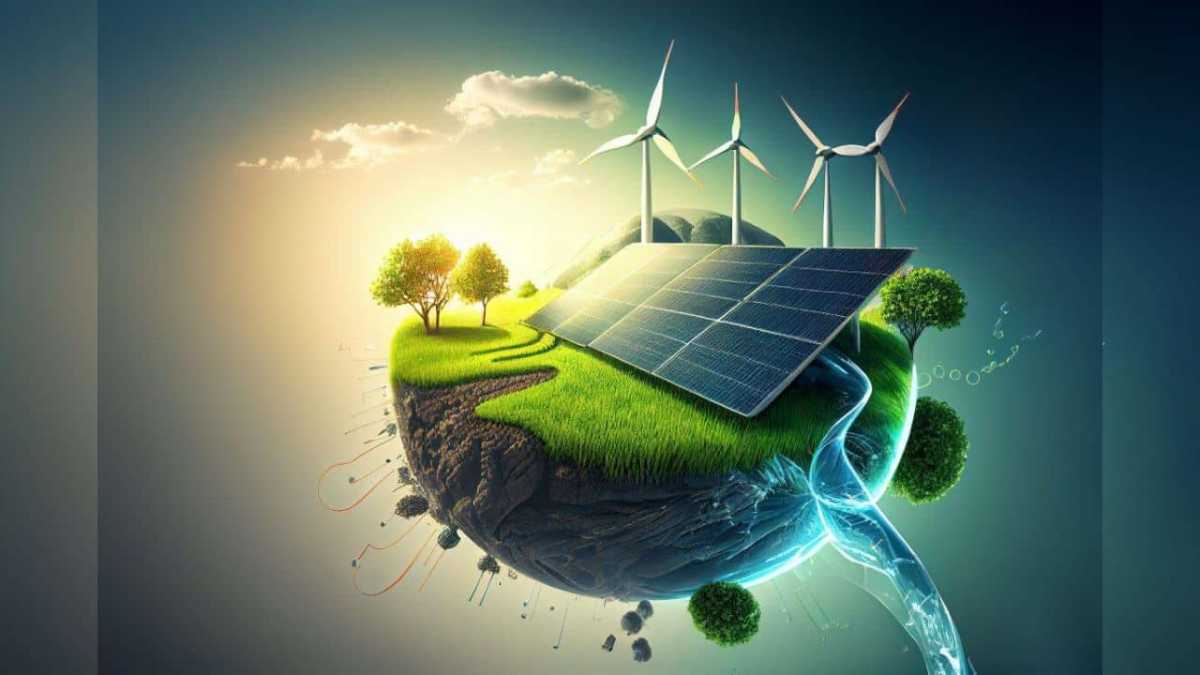Features
Exploring Renewable Energy Sources For A Greener Future

In our ongoing efforts to combat climate change and reduce our carbon footprint, renewable energy sources have become increasingly important. These sources of energy are derived from natural resources that are constantly replenished, making them a sustainable alternative to fossil fuels. In this article, we will explore some of the most promising renewable energy sources and their potential to create a greener future.
Solar Energy
Solar energy is perhaps the most well-known and widely used renewable energy source. It harnesses the power of sunlight and converts it into electricity using solar panels. These panels contain photovoltaic cells that capture the sunlight and convert it into usable energy. Solar energy is clean, abundant, and readily available almost everywhere. With advancements in technology and decreasing costs, solar energy has become a viable solution for residential, commercial, and industrial applications.
Wind Energy
Wind energy is another popular form of renewable energy. Wind turbines generate electricity by harnessing the power of the wind. As the wind blows, it turns the turbine’s blades, which, in turn, spins a generator to produce electricity. Wind energy is clean, emissions-free, and has a relatively low impact on the environment. Installations of wind farms have increased dramatically in recent years, with some countries generating a significant portion of their electricity from wind power.
Hydroelectric Power
Hydroelectric power relies on the force of moving water to generate electricity. It captures the energy of flowing or falling water, such as rivers and waterfalls, and converts it into usable energy through turbines. Hydroelectric power is one of the oldest forms of renewable energy, with large-scale dams being used to generate electricity for decades. While it is a reliable and low-carbon energy source, the construction of large dams can have environmental and social impacts, leading to the exploration of smaller-scale hydroelectric projects.
Biomass Energy
Biomass energy involves using organic matter such as plants, agricultural residues, and waste materials to generate heat or electricity. This can be done through burning biomass directly or converting it into biofuels such as ethanol and biodiesel. Biomass energy is considered carbon-neutral as the carbon released during combustion is offset by the carbon absorbed by plants during their growth. It offers a way to utilize organic waste effectively while reducing reliance on fossil fuels.
Geothermal Energy
Geothermal energy utilizes the heat from beneath the Earth’s surface to generate electricity or provide direct heat. This heat is derived from the natural decay of radioactive elements and the residual heat from the formation of the planet. Geothermal power plants use steam or hot water from underground reservoirs to drive turbines and produce electricity. This renewable energy source is available 24/7, has a small footprint, and produces minimal greenhouse gas emissions, making it an attractive option for a sustainable energy future.
Tidal Power
Tidal power harnesses the energy from ocean tides to generate electricity. Tidal turbines are placed underwater, and as the tides flow in and out, they turn the blades of the turbine to produce power. Tidal power is predictable and constant, providing a reliable and renewable source of energy. However, the technology is still in its early stages, and suitable locations for tidal power installations are limited, making it a relatively underutilized renewable energy source.
Conclusion
As the world moves towards a greener future, diversifying our energy sources and reducing our reliance on fossil fuels is crucial. Renewable energy sources offer a promising solution by providing sustainable alternatives that minimize environmental impact and reduce greenhouse gas emissions. While each renewable energy source has its advantages and limitations, a combination of these sources can create a reliable and environmentally friendly energy mix. By investing in research, development, and infrastructure, we can accelerate the adoption of renewable energy sources and pave the way for a cleaner and more sustainable future.










